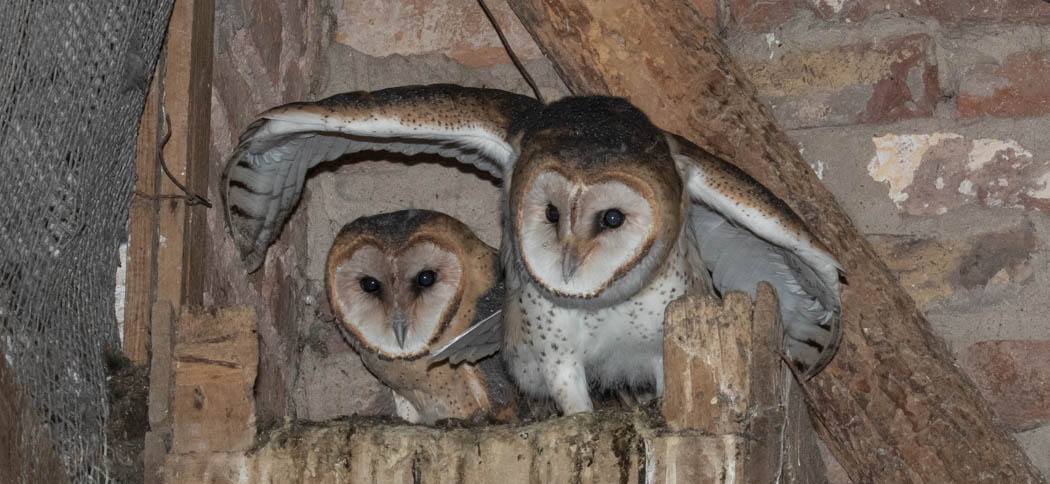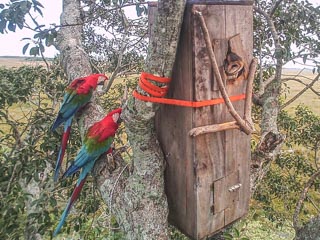
Strange Tails
We're delighted to have a strong population of strange-tailed tyrants at the reserve. So much so that we've adopted these beautiful and endangered birds as the symbol of the Trust
The growing diversity of the animals of Reserva Don Luis is a fresh source of delight every time we return. We don't play favourites, but it's impossible not to engage more with some of our more conspicuous guests. One of these is the strange-tailed tyrant. The male is stoic in his tolerance of one of nature's strangest - and it would seem least practical - adaptations. He's willing to suffer to be beautiful, and somehow manages to fly with tail feathers that were surely designed for a bird three times his size.
We love his perseverance; his resolution to succeed against challenge, and his ability to prove that anything is possible. He's appearing in growing numbers on the Reserva Do Luis, and his success has become an allegory for, and a symbol of, our own.
When we started the process of updating and redesigning our website, we wanted to adopt an image that symbolised our aims and our challenges. This brave little flycatcher, with his indomitable character, was the perfect choice.
The logo is a stylised profile of a male tyrant, silhouetted against the sunrise. We coloured the sun the blue of the Argentinian flag in honour of this country's beauty, its climate and the breathtaking span of magnificent animals that it nurtures.

Bat Research
Our bat team is conducting bat research both in the Ibera Marshes and in other provinces. We are especially concentrating on Misiones at the moment where we find the largest bat in Argentina, Chrotopterus auriitus and Myotis ruber, two species that we are researching.

Barn Owl
Tyto alba
In 2020 we discovered a nest of Barn owls in Monte Grande, our largest woodland. It was in a box designed for the Green-winged Macaw and was placed in our woodland to attract this species. Unfortunately for the Macaws, the Barn Owls found it first and inside we found 5 eggs, 2 of which had already hatched. Up until this time we had only heard this species on one occasion so it was quite a surprise to find it breeding at the reserve. In 2023 we have many pairs breeding on our reserve and frequently hear their screeching call.
This species is relatively common in many countries around the world, although in Argentina it has a call that I have never heard in the UK, a little like a tick-tick-tick when it is in flight. It also makes the typical Barn Owl screech and the chicks make a loud hissing call to attract the parents.
The Barn owl is a medium sized owl of around 35cm.It has a heart shaped disc over its face and appears white in flight. It has white underparts and speckled gold and black upperparts.


